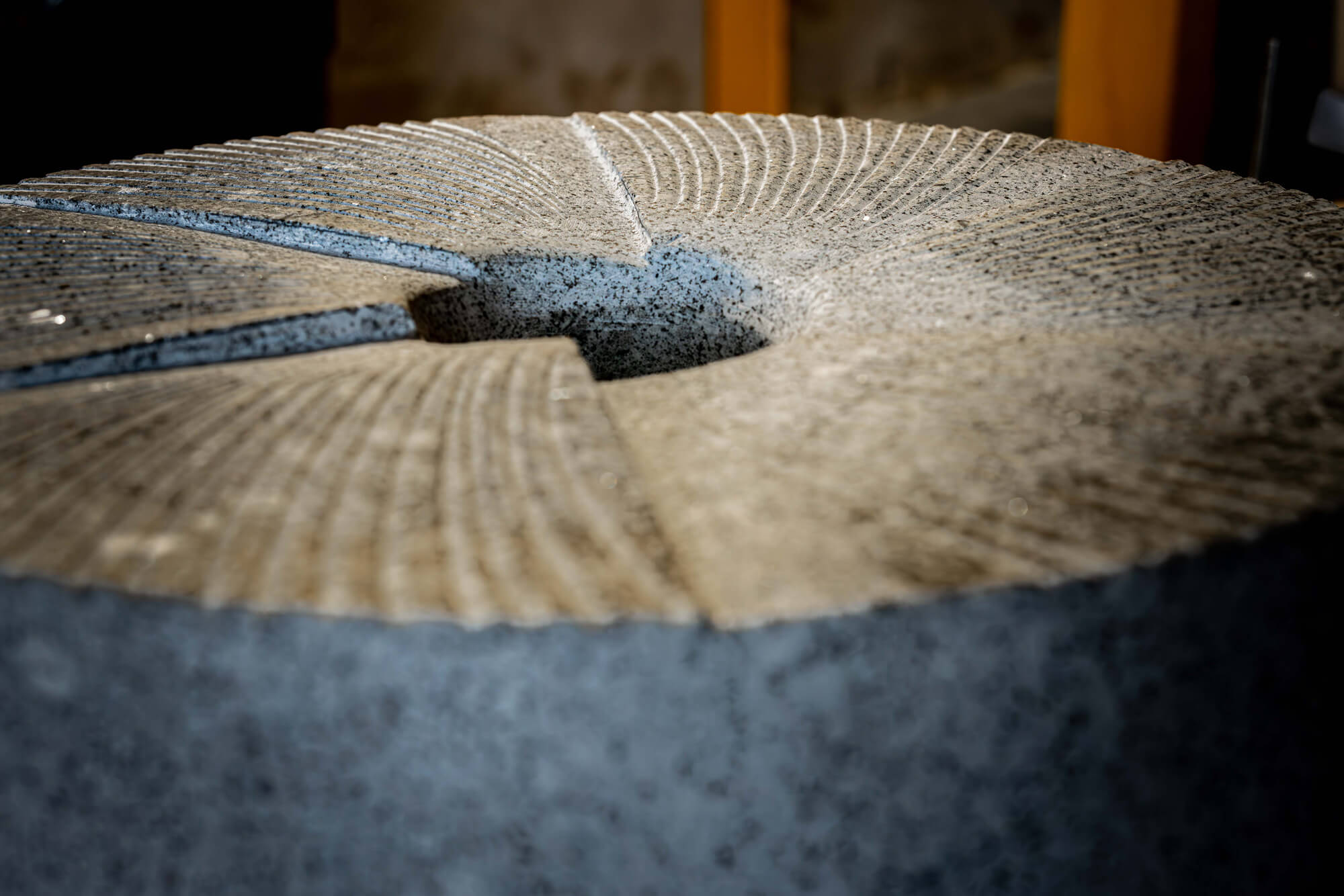The Astrié stone mill is a high-performance mill in terms of efficiency and flour quality.
At Astreïa, we’ve chosen to preserve this innovation, the perfect blend of heritage and innovation that represents the progressive spirit of the Astrié brothers.
How do Astrié mills
Astrié mills work?
The fruit of Pierre and André Astrié’s ingenuity lies in a combination of two springs that control the upward force exerted by the grinding and precisely regulate the gap between the two wheels, coupled with the radius and striation work done on the wheels.
This innovation ensures optimum grain distribution and an extraction rate of 80% in a single pass, preventing the grind from heating up.
The micrometric adjustment of the distance between the millstones ensures a fine grind, whatever the type of cereal crushed, and guarantees consistent flour quality.
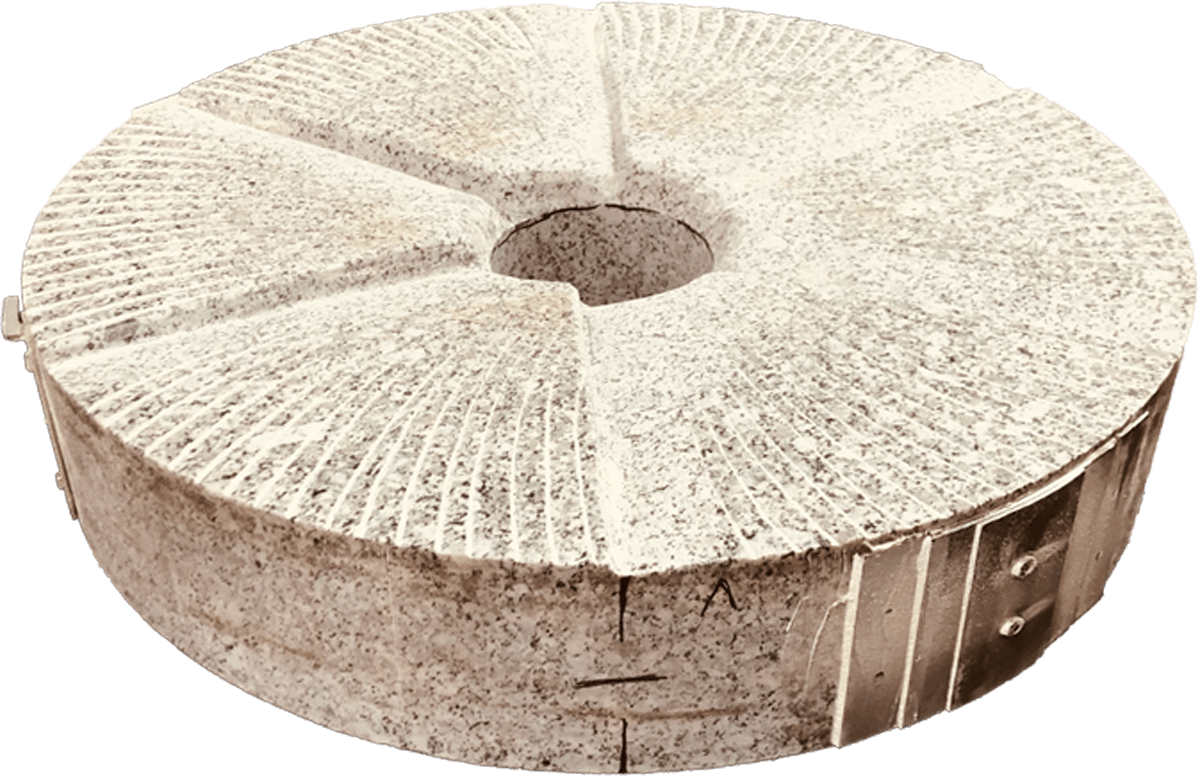
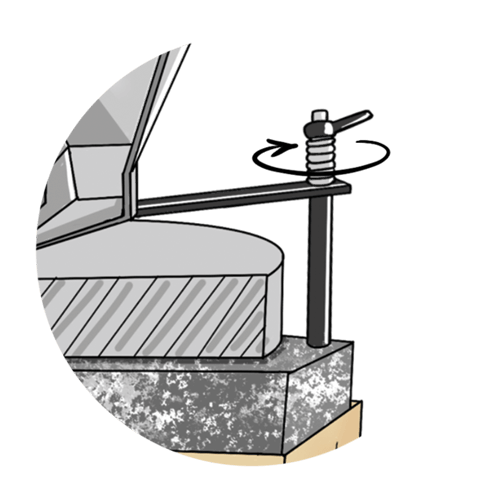
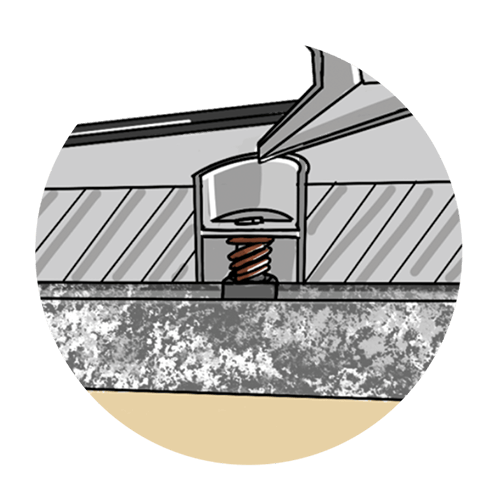
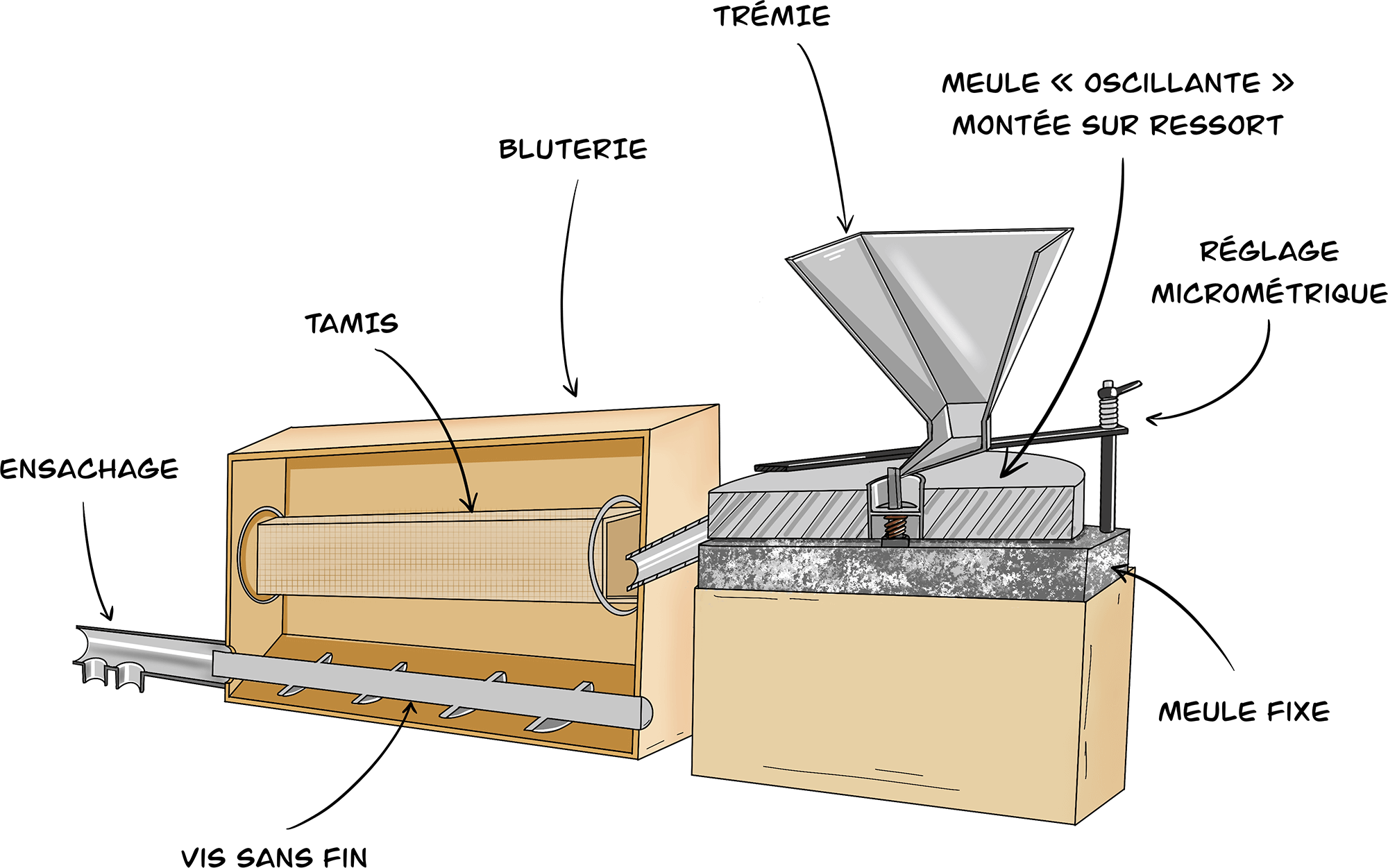
The importance of R&D in the performance of the Astrié mill
The Astrié brothers’ constant quest to improve their mill is an integral part of its uniqueness. They had to find the right stone to design and cut robust and efficient grinding wheels, develop a solid and precise feed system, and adjust the speed of rotation to ensure the quality of the grind. The sieving of grindings has also been the subject of extensive research. There’s a good reason for this: the stresses of milling can lead to condensation within the sieve mill, and poor sieving will never produce good flour. Here again, the design details are numerous and all have their importance.
At Astreïa, we share this thirst for innovation and constant optimisation. That’s why our in-house design office works every day on the continuous improvement of our mills to offer you ever more efficient products tailored to your needs, without calling into question the characteristic mechanism of Astrié mills.
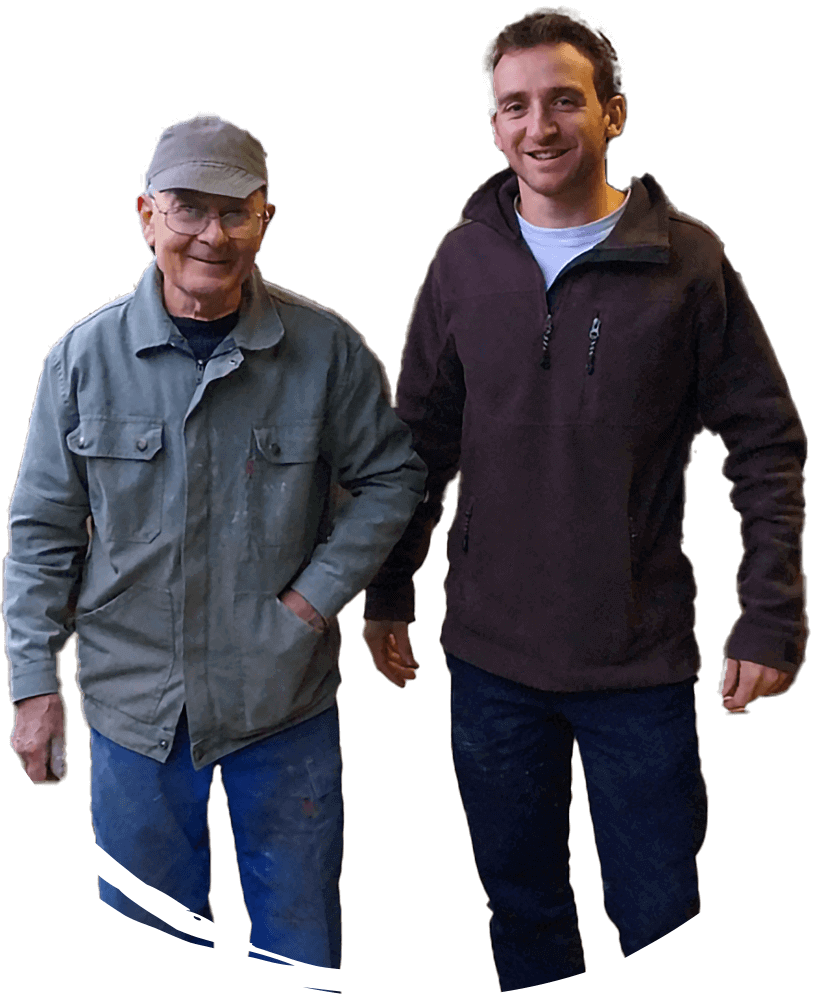
Their last mill, my first mill!
With the last mill made by the Astrié brothers and their invaluable advice, not forgetting André’s permission, I set about making my first mill. The aim: to do as well as they did, without pretending to improve on their invention. And what could be more complete and attractive than working with wood, metal and stone? The Astreïa company was born to continue enabling farmers to be self-sufficient. After all, that was Pierre and André Astrié’s initial intuition.
Jean-Marie XIMENA, founder of Astreïa, cereal farmer, miller and baker
What are the advantages of Astrié mills
compared to other flour mills?
| Astrié Mill | Cylinder mill | Stone mill | |
|---|---|---|---|
| Principle | Unrolling the grain using a spring system | Rapid crushing between cylinders | Crushing caused by the weight of the upper wheel |
| Number of ironings | 0 | Between 7 and 8 | Between 2 and 3 |
| Action on grain | Slow-acting, with an extraction rate of 80% in a single pass, it preserves the starch-gluten bonds in the grain and all the nutrients. | The grain is peeled from the outside towards the centre. The further towards the centre the grain is trimmed, the whiter and more concentrated the gluten. | Slower action than the cylinder mill. The grain is crushed and its 3 components are mixed: bran, kernel and germ. |
| Flour obtained | Strict reflection of the grain unrolled with all the nutritional inputs. It is possible to obtain equivalent ash levels by swapping sieves. Each sieve allows you to obtain a different flour without compromising quality, using a single mill. | A highly standardised flour for the baking industry. Flour that incorporates more or less bran and gluten but does not contain the germ (the source of the grain's nutritional content). This flour is quick to produce and less expensive. | The more the material passes back and forth between the millstones, the more it is heated and oxidised. The division of the sieves into 3 compartments leaves only the germ in the 1st compartment, so the rest is not easily digestible. |

